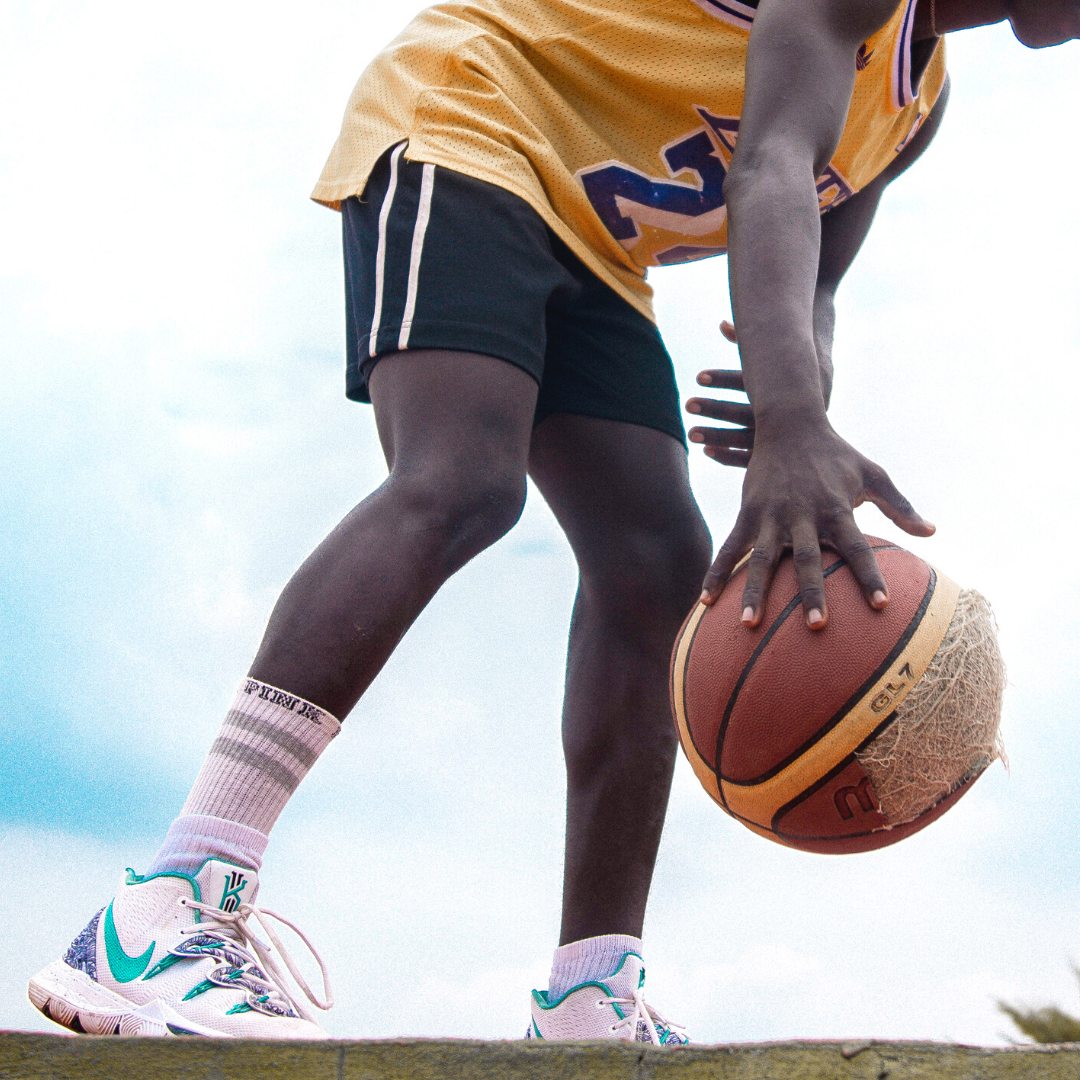Glass Is Half Full: For Utah Jazz’ Rudy Gobert, PCL Injury Is Much Better Than ACL Injury
December 22, 2017Forbes: Will Your New Year’s Resolution Put You On The Disabled List?
January 8, 2018
Houston Rockets star James Harden, one of the NBA’s leading scorers, strained his left hamstring in the fourth quarter against the Los Angeles Lakers on New Year’s Eve. He was able to leave the court on his own, but with a visible limp.
During a postgame interview, he reassured fans that the strain was not that serious: “Just a pull on the hammy. … Got some treatment right now, and hopefully, day to day, it gets better.”
Injuries to the hamstring muscles, which run along the back of the thigh from the hip to below the knee, are among the most common injuries in sports that involve sprinting, such as basketball, football, baseball, and soccer. The mechanism of injury is usually traumatic and often occurs when athletes at rest suddenly begin sprinting. When the hamstring is strained, athletes will usually hear or feel a pop and a very sharp pain.
In order to properly diagnose a hamstring strain, a physical exam is performed. Typically, there will be a point of tenderness at the site of injury, a large amount of bruising or swelling along the back of the thigh, and/or noticeable weakness when the athlete attempts to flex the knee against resistance. X-rays are useful if the injury is proximal, near the buttocks, to make sure that the hamstring tendons didn’t detach from the pelvis with a piece of bone. More commonly, an MRI is used to determine the extent and location of the injury, as this can be used to more accurately estimate the time to recovery.
For a hamstring pull or strain, such as Harden’s, initial treatment involves resting and avoiding aggravation, followed by icing to decrease swelling and bruising. After the athlete is comfortable with daily movements and activities, they will focus on regaining strength and mobility, with a slow progression to conditioning exercises before trying sport-specific movements.
It is difficult to predict the amount of time required for rehabilitation because of the differing severity of hamstring strains and the importance of the athlete’s previous injury history. Unfortunately, there is a significant risk of pushing an athlete too hard during the recovery phase, which could cause re-injury. Some experts believe the higher risk of reinjury is due to scar tissue formation, leading to a higher injury susceptibility even years after the initial strain.
One additional treatment the Rockets have likely considered is the use of biologics to help the healing process. Injections of stem cells or platelet-rich plasma (PRP) are often used for injuries such as these. Even if they don’t speed up the recovery, biologics may decrease the amount of scarring formed during the healing process, which could potentially decrease future injury risk. More studies are needed to determine the true efficacy of biologics for muscle and tendon injuries, but they have provided another option to help get athletes back to play as soon as possible.
According to the Rockets, Harden’s injury is a Grade 2 hamstring strain. Reports have stated that he may be back in about two weeks. In my experience, these injuries take a bit longer to heal. Clearly I haven’t examined Harden, but if it is truly a Grade 2 injury, even with access to the outstanding medical staff, trainers, and therapists that Harden works with, I think it may take longer for him to return to his previous level of play.



